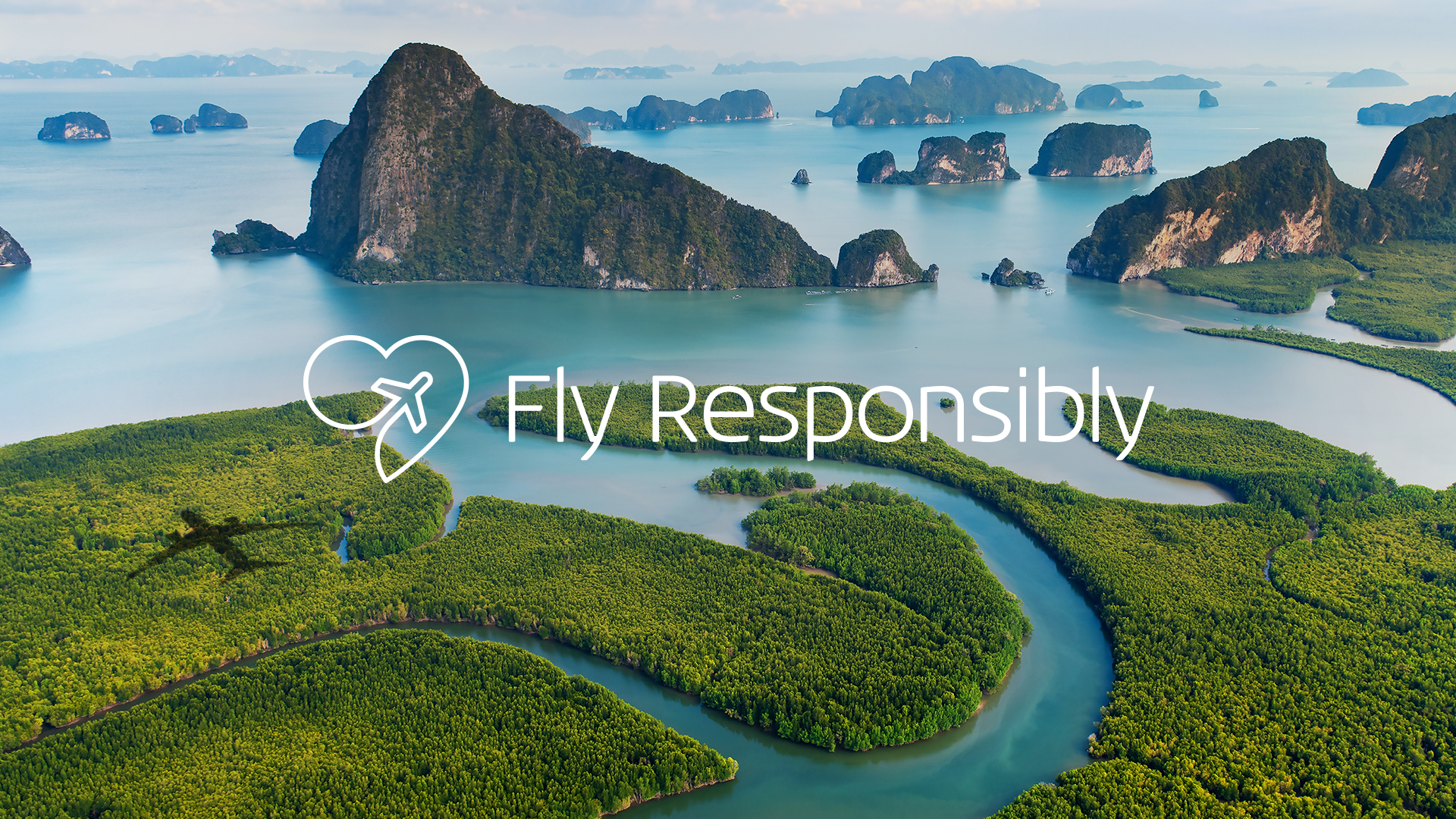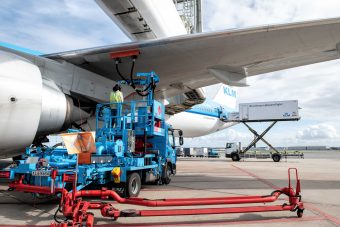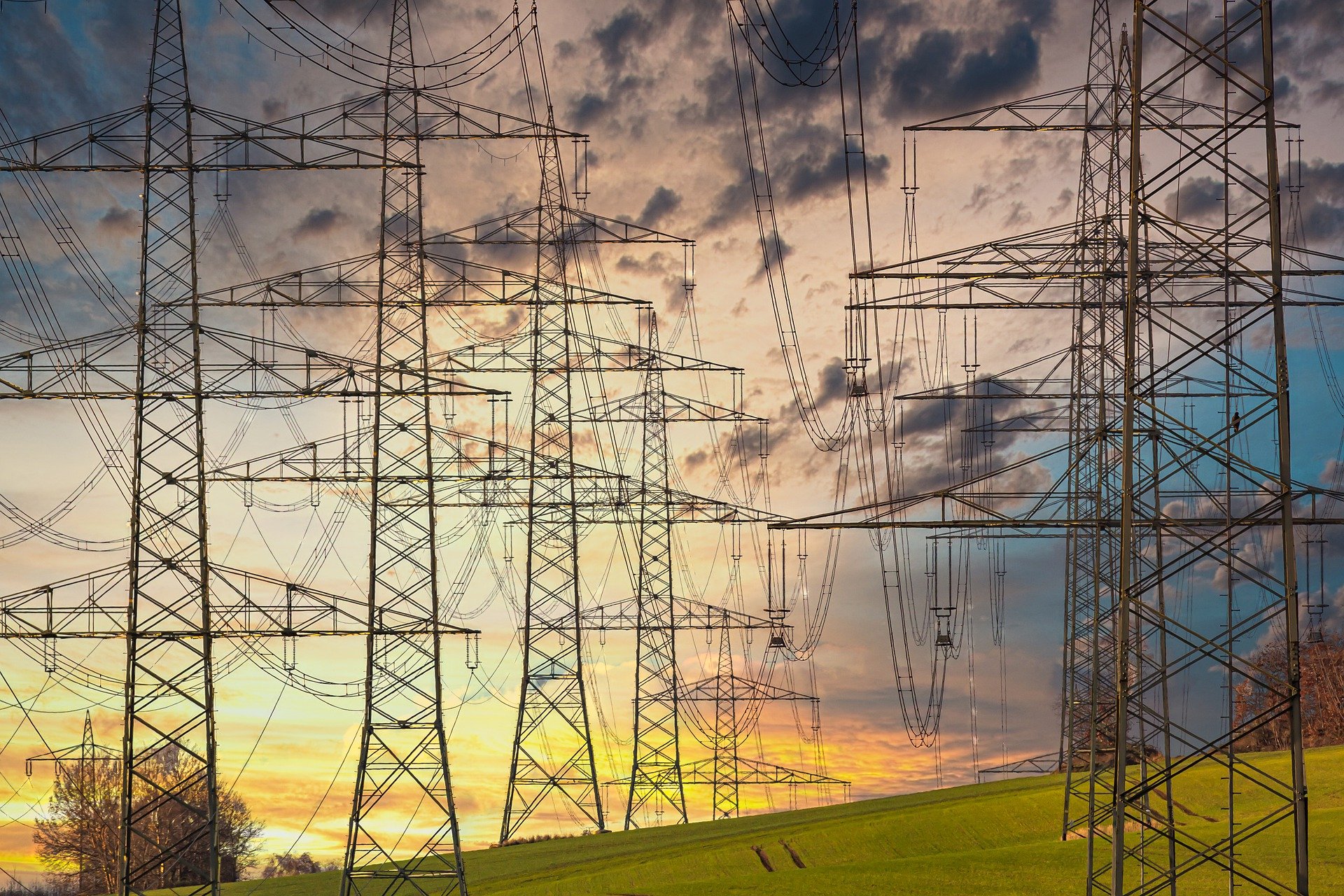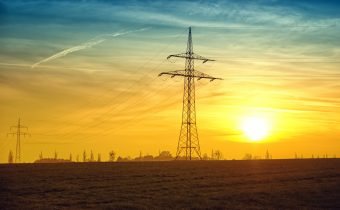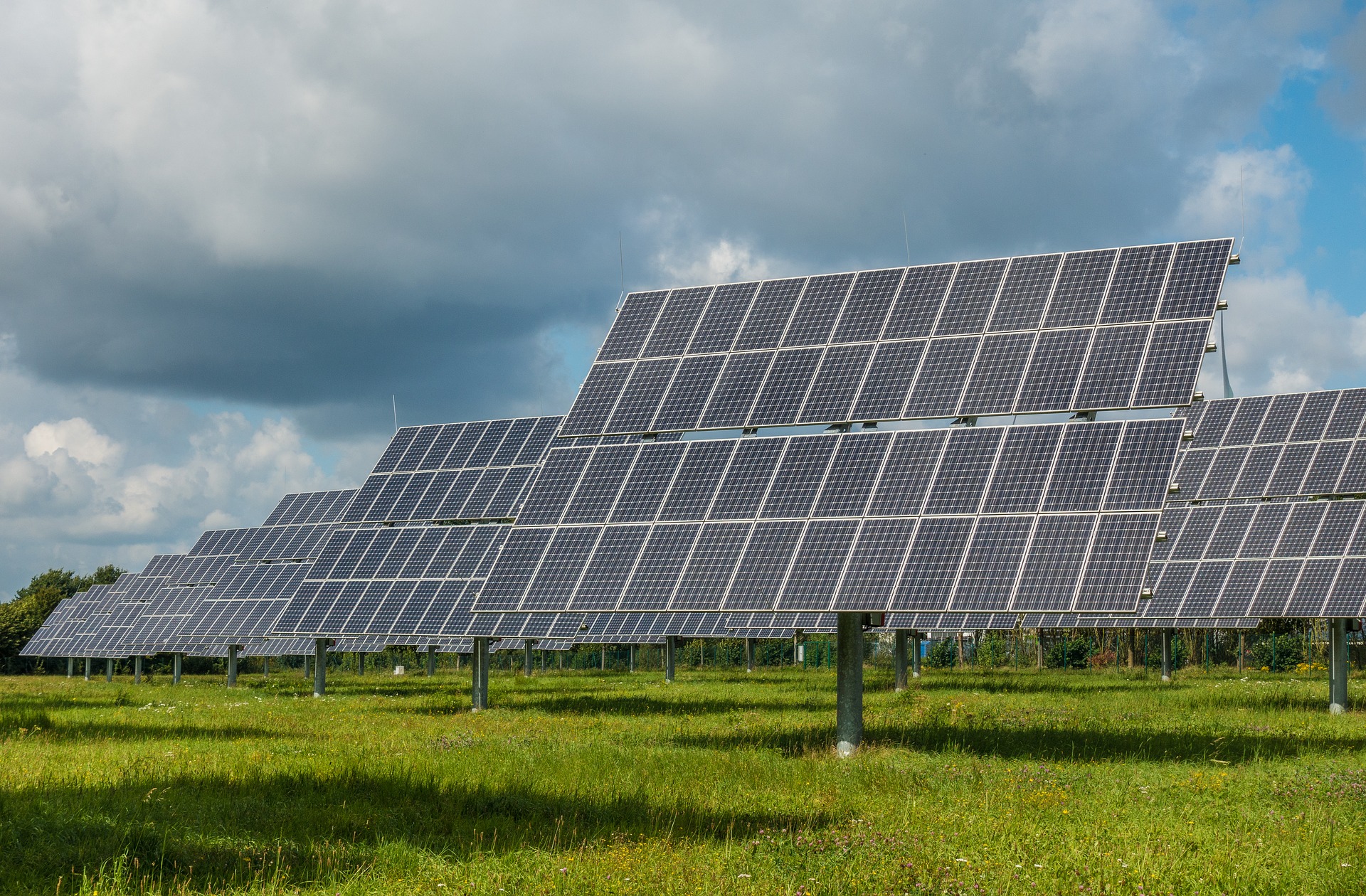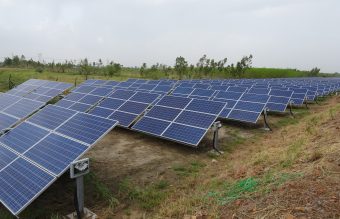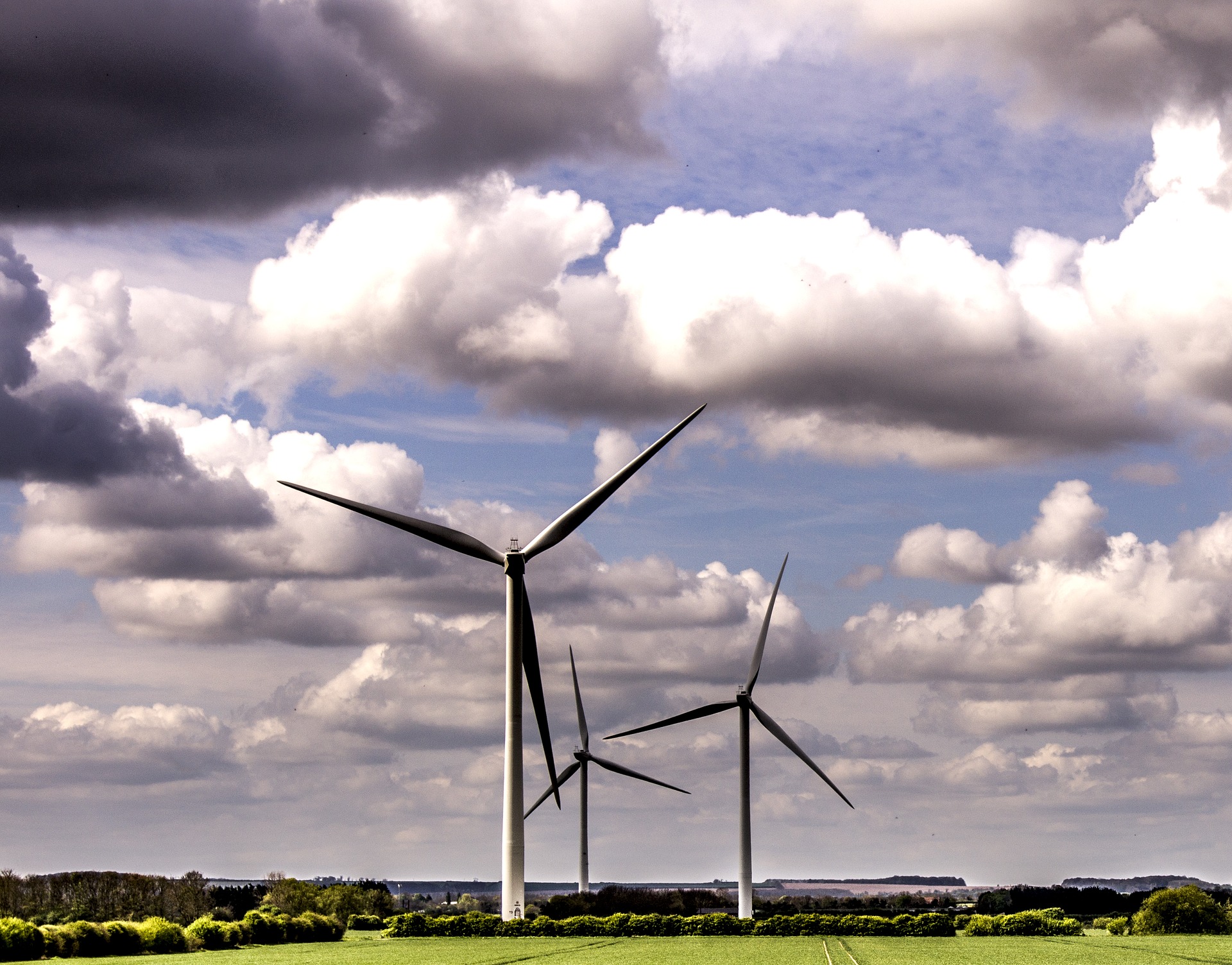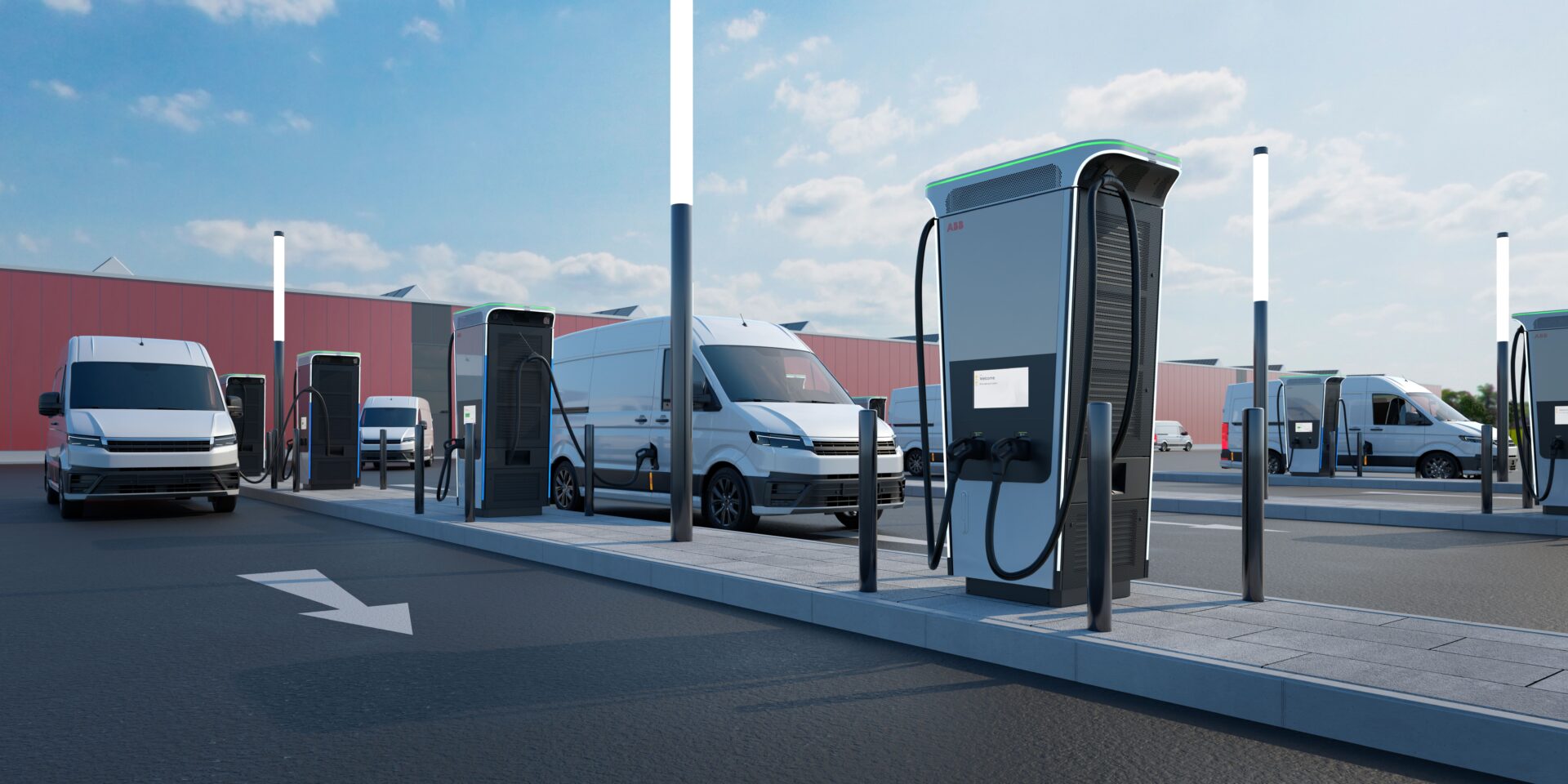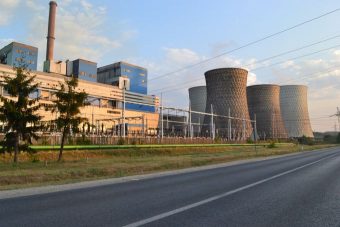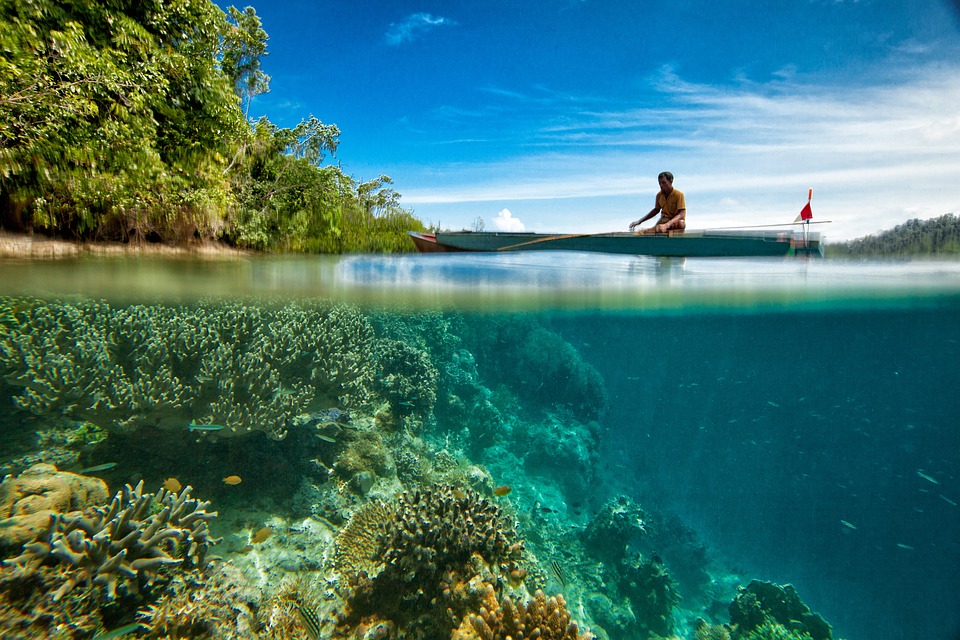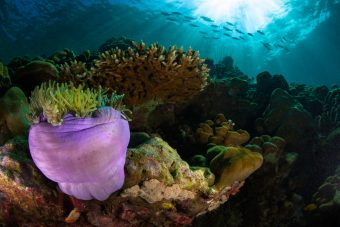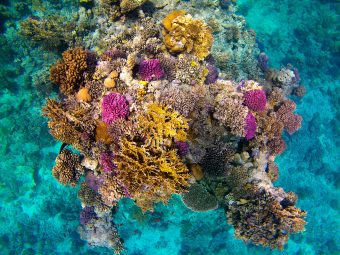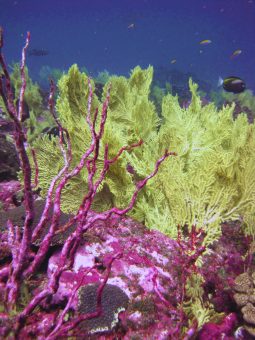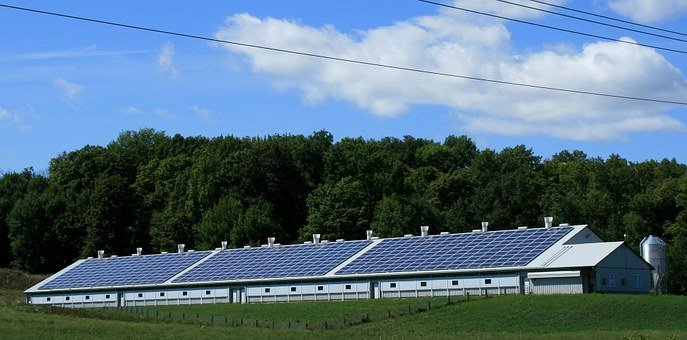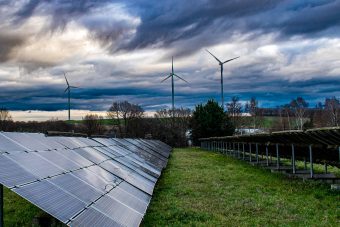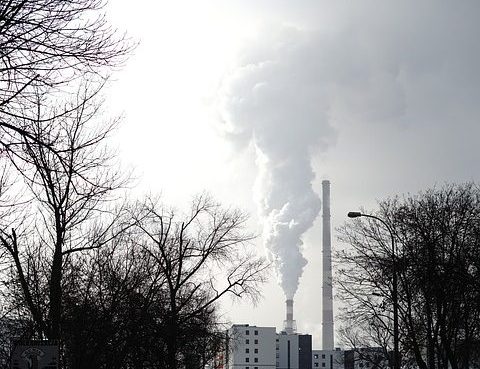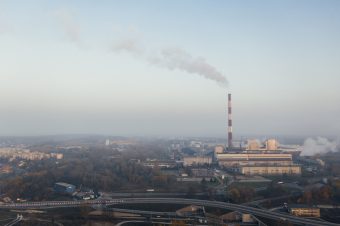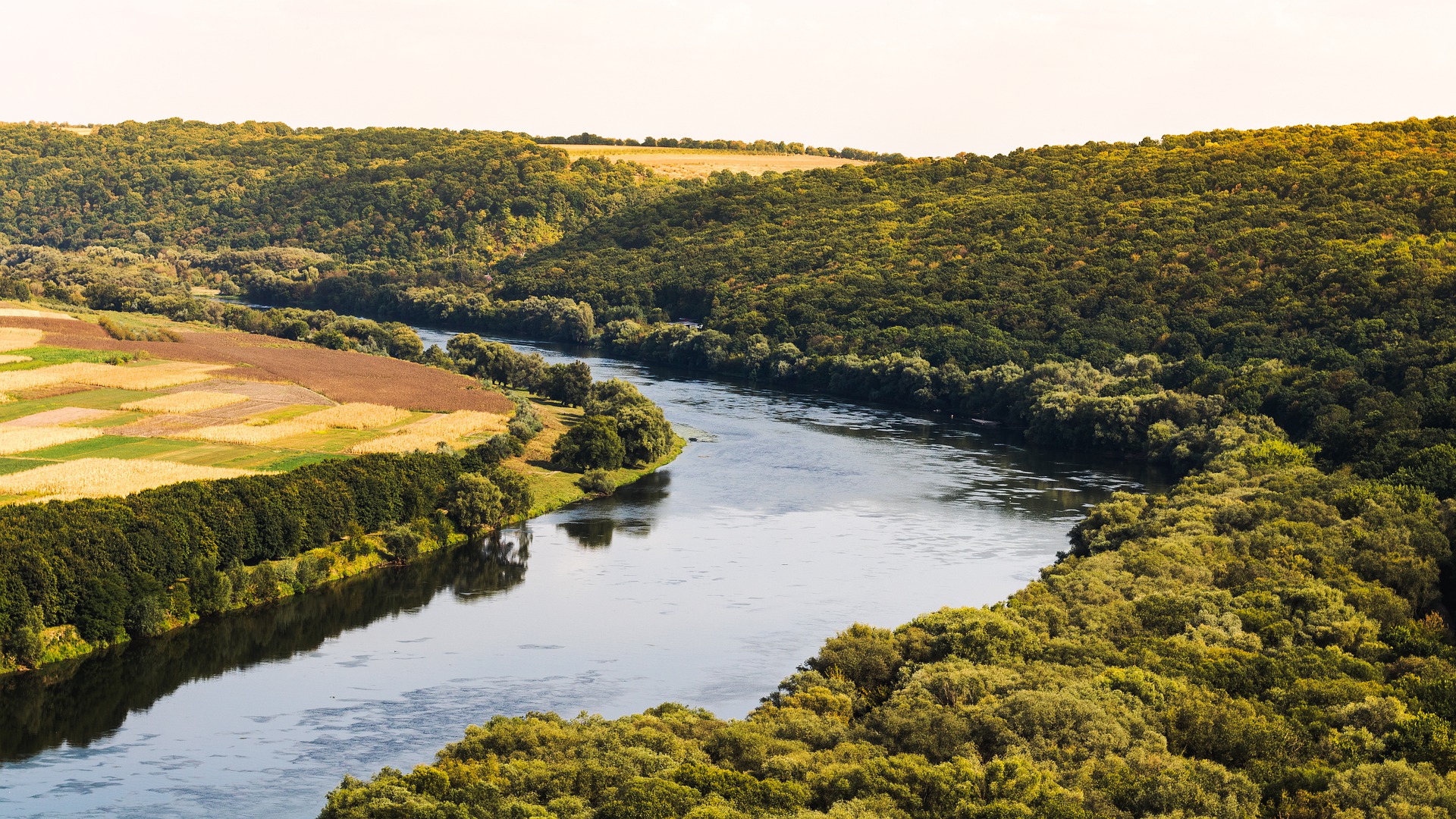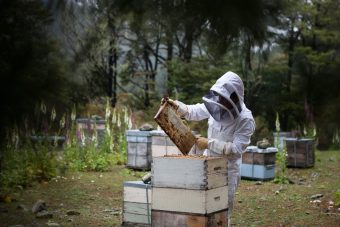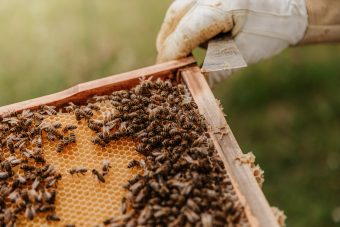
The BMW Group is stepping up its activities in the field of sustainability and will use cast aluminium wheels produced with 100-percent green power for its BMW and MINI brands from 2024 onwards. For the BMW Group, this is another step towards its goal of creating the most sustainable supply chain in the automotive industry. The transition applies, in particular, to the energy-intensive electrolysis used in producing aluminium and to the wheel-casting process. To this end, corresponding agreements have been reached with all BMW Group wheel suppliers.
Up until now, wheels have accounted for about five percent of supply chain CO2 emissions. Transitioning to more sustainable production that relies on green power will reduce these emissions by more than half. The BMW Group procures about 10 million light-alloy wheels per year; 95 percent of these are made from cast aluminium.
CO2 savings of up to 500,000 tonnes per year
Through independent audits, the BMW Group can ensure conscious and sustainable use of aluminium by its contracted producers, saving up to 500,000 tonnes of CO2 per year. “Green power is one of the biggest levers for reducing CO2 emissions in our supply chain. We have already signed more than 400 contracts with our suppliers, including suppliers of wheels and aluminium, requiring them to use green power,” says Joachim Post, member of the Board of Management of BMW AG responsible for Purchasing and Supplier Network.
Aluminium has good recycling properties, making it easier to melt down old wheels as part of the circular economy. This eliminates the need for energy-intensive electrolysis to produce the primary raw material. At the same time, the secondary raw material must also meet the BMW Group’s premium requirements for quality, design, safety and mechanical properties.
MINI pioneers use of sustainable light-alloy cast wheels
MINI will become a pioneer in this field in 2023, when it will begin using light-alloy cast wheels made from 70-percent secondary aluminium in the new generation of the MINI Countryman. The combination of 100-percent green power for production and 70-percent secondary raw material content can reduce CO2 emissions by up to 80 percent, compared to conventional manufacturing processes.
More:
Certification by Aluminium Stewardship Initiative (ASI)

The BMW Group has been actively involved for many years in international initiatives focused on standardising raw material extraction. These include the Aluminium Stewardship Initiative (ASI), an international non-profit organisation supported by environmental and industrial associations, NGOs, aluminium producers and processing companies. The BMW Group welcomes the fact that many of its aluminium wheel suppliers have already joined ASI and are making an important contribution to creating an environmentally and socially responsible aluminium value chain in this way.
ASI already certified the light metal foundry at BMW Group Plant Landshut in December 2019 for its sustainable use of aluminium, confirming that it handles aluminium consciously and responsibly.
Systematic implementation of sustainability goals
Transitioning to 100-percent green power for production of cast aluminium wheels is another step towards reducing CO2 emissions in the BMW Group supplier network. The aim is to reduce emissions throughout the supply chain by 20 percent from 2019 levels by 2030. Systematically increasing the percentage of secondary aluminium through this process makes a further contribution to sustainability, in line with the principles of the circular economy the BMW Group aspires to.
Since 2021, the BMW Group has sourced aluminium from the United Arab Emirates manufactured exclusively using electricity obtained from solar power. The aluminium produced in Dubai is processed in the light metal foundry at BMW Group Plant Landshut, where it is used to manufacture body and drive train components. The 43,000 tonnes of solar aluminium sourced in this way supply almost half the annual requirements of the Landshut light metal foundry.
Source: BMW Group







